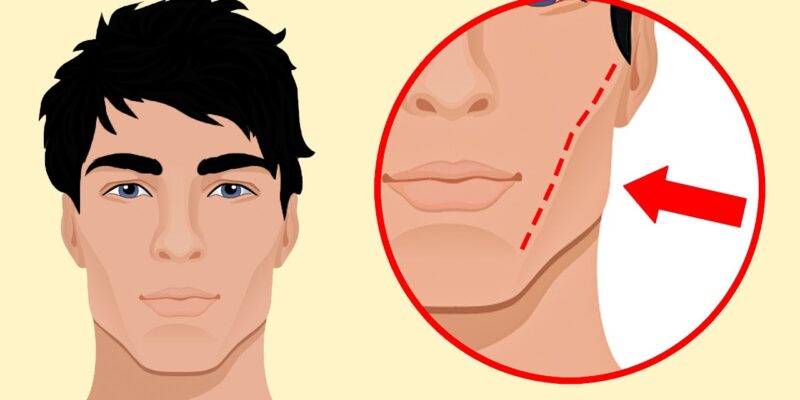In the ever-evolving landscape of beauty trends and self-improvement techniques, one recent phenomenon has garnered significant attention: Mewing.
This viral technique, purported to reshape the jawline and enhance facial features, has captured the curiosity of many seeking a non-invasive way to redefine their appearance. However, as dentists, it is crucial to examine the evidence behind such trends and provide informed guidance to our patients.
Understanding Mewing
Mewing, named after Dr. Mike Mew, a British orthodontist, involves the repositioning of the tongue to a new resting place against the roof of the mouth. Proponents of the technique argue that consistent tongue placement over time can lead to significant changes in facial structure, particularly in the jawline area. Additionally, some believe that mewing may alleviate jaw pain and reduce snoring by improving tongue posture.
The Lack of Evidence
Despite its widespread popularity on platforms like YouTube, mewing lacks substantial scientific evidence to support its efficacy. While proper tongue alignment is recognized by some medical professionals as beneficial for jaw definition and speech correction, the transformative claims associated with mewing remain largely anecdotal.
Debunking Misconceptions
Before embracing mewing as a solution, it’s essential to address several misconceptions surrounding the technique. Firstly, while before and after images and testimonials may seem convincing, they often fail to provide a comprehensive view of the process. Factors such as lighting, angles, and the duration of practice can skew perceived results. Moreover, the idea that mewing alone can correct significant maxillofacial deformities is unrealistic, as these conditions typically require surgical or orthodontic intervention.
The Importance of Clinical Research
To truly assess the validity of mewing as a facial restructuring technique, rigorous clinical research is essential. While there are studies exploring tongue resting positions and muscle engagement, the long-term effects of mewing on facial aesthetics and functionality remain largely unexplored. Without robust scientific evidence, it is premature to promote mewing as a viable orthodontic solution.
Practical Considerations
For individuals intrigued by mewing, it is essential to approach the technique with caution and realistic expectations. Proper mewing involves consistent practice and tongue placement, which may take years to yield visible results, if any. However, it is crucial to emphasize that mewing should not replace professional diagnosis and treatment for jaw-related issues or cosmetic concerns.
Conclusion
In conclusion, while mewing may hold promise as a potential adjunct to orthodontic care, its current status as a viral trend outpaces scientific validation. As dentists, our priority is to provide evidence-based guidance to our patients, steering them away from fads that lack substantive support. While mewing may not pose inherent risks, its efficacy remains uncertain. Therefore, individuals with concerns regarding their jawline or overall oral health should seek consultation from qualified medical professionals rather than relying solely on DIY techniques like mewing.




















Comments